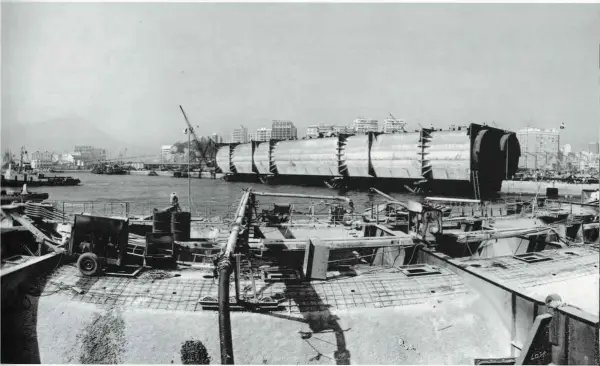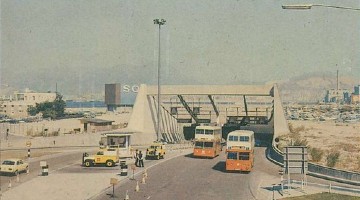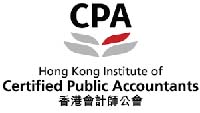The first of several proposals to cross Hong Kong harbour was for a bridge in 1902 (!). The first to be actually built was the Cross Harbour Tunnel which opened to traffic fifty years ago today. (Later, it was formally opened on 21 October by Princess Alexandra who, it was reported, sported a nice white hat. Trafalgar Day is no longer observed in HK.)
Financed on the Build Operate Transfer model – pretty pioneering in its day – it opened to traffic on 3 August 1972 and was handed over to the government at the end of its concession in 1999. Since then, two further road tunnels have been built under the harbour using the same PPP model – the Eastern Harbour Crossing opened in 1989 and was handed over at the end of its concession in 2016; the Western Harbour Crossing opened in 1997 and is due to be handed over in August next year.
The CHT recouped its construction costs in less than four years – unprecedented for a tunnel – and has been hugely busy ever since with an average 107,000 vehicles per day using it in 2019. By comparison, the EHC (also two lanes in each direction) averaged 79,000 per day and the WHC (three lanes) 70,000 per day (even that is almost one a second all day every day).
However, these variations in patronage do not reflect the much greater variations in congestion in that there are invariably long queues at the CHT, some queues at the EHC and none at the WHC. Not to get too scientific but if congestion is considered a proxy for popularity this, in turn, is one driver of return on investment.
ROIs have not been disclosed – or even calculated recently – but we can predict that the CHT did very well. Incredible as it seems now, the project was considered risky so projected traffic numbers were cautious, hence the quick payback period. As first mover, it got the best location and it has had relentless custom (initial design capacity was 80,000, later electronic tolling was introduced) ever since.
In contrast, the WHC, with its three lanes in each direction rather than two, firstly cost a whole lot more – HK$7 billion / US$0.9 billion in money of the day for 2 km. It also depended on the government building linking roads such as the Central – Wanchai bypass which only opened in 2019 so revenues have consistently underperformed against forecast. This, despite (or because of) much higher tolls. Cars pay a whopping HK$75 at the WHC (it is entitled to charge even more) whereas they pay only HK$20 at the CHT and HK$25 at the EHC.
Financial performance at the EHC is probably somewhere in between the other two, so each tunnel turned out very differently – but the structure adopted for the CHT then the others worked in terms of allocating risk to the private sector before turning the asset over to public ownership.
Back on the congestion point – always an issue in HK – in 2019, the government discussed leveling up traffic numbers through the three tunnels so as to ease congestion at the CHT by raising tolls at the CHT and EHC and / or lowering them for the WHC. (It then got distracted.) However, this would have required an awkward negotiation of how much compensation to pay the owners of the WHC, demand being pretty inelastic.
Next year, once it resumes ownership of the third tunnel, the government will face no such hindrance and can reset the tolls as it sees fit. Whilst at it, it should take the opportunity to make all tolls flexible according to time of day. Discussions have started.









